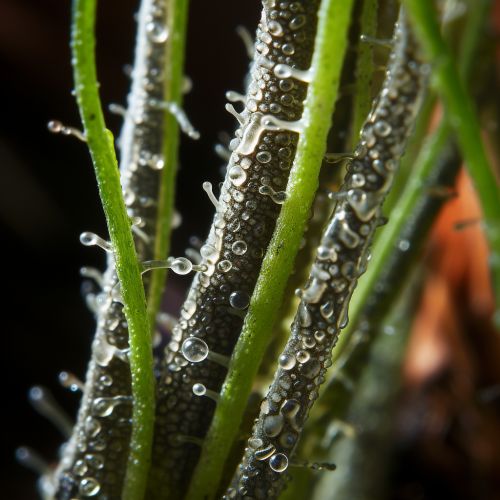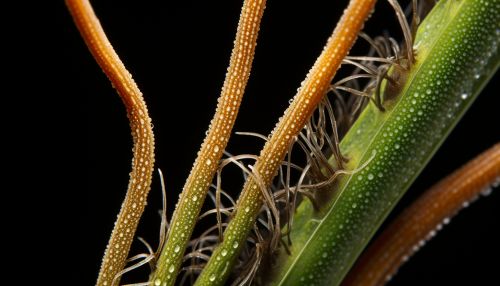The Role of Endophytes in Plant Health
Introduction
Endophytes are microorganisms that live within a plant for at least part of their life cycle, without causing apparent disease. They are ubiquitous and have been found in all species of plants studied to date. The role of endophytes in plant health is multifaceted and complex, involving a range of interactions that can be both beneficial and detrimental to the host plant.


Endophyte Diversity and Classification
Endophytes represent an extremely diverse group of microorganisms that include bacteria, fungi, and viruses. They can be classified based on several criteria, including the type of host plant, the location within the plant, and the type of interaction with the host. For example, endophytes can be categorized as foliar endophytes, root endophytes, or stem endophytes, depending on their location within the plant.
Role in Plant Health
Nutrient Acquisition
Endophytes play a crucial role in nutrient acquisition, particularly in nutrient-poor environments. For instance, some endophytes can fix atmospheric nitrogen, making it available to the host plant. Others can solubilize phosphorus or produce siderophores that sequester iron from the environment.
Disease Resistance
Endophytes can enhance the disease resistance of host plants by producing antimicrobial substances, inducing systemic resistance, or outcompeting pathogenic microorganisms. Some endophytes can also detoxify plant pathogens' toxins, thereby reducing their harmful effects.
Stress Tolerance
Endophytes can enhance the host plant's tolerance to various abiotic stresses, such as drought, salinity, and heavy metals. They can do this by producing growth-promoting substances, altering the plant's hormone balance, or modulating the plant's stress response pathways.
Endophyte-Plant Interactions
Endophyte-plant interactions can be mutualistic, commensalistic, or parasitic, depending on the specific endophyte and host plant involved. In mutualistic interactions, both the endophyte and the host plant benefit. In commensalistic interactions, the endophyte benefits, but the host plant is neither helped nor harmed. In parasitic interactions, the endophyte benefits at the expense of the host plant.
Applications in Agriculture and Forestry
Due to their beneficial effects on plant health, endophytes have potential applications in agriculture and forestry. For example, they can be used to enhance crop yield, improve plant resistance to pests and diseases, and increase plant tolerance to abiotic stresses. In forestry, endophytes can be used to enhance tree growth and health, and to increase resistance to pests and diseases.
Future Directions
Despite the significant progress made in understanding the role of endophytes in plant health, many questions remain. Future research should focus on elucidating the mechanisms underlying endophyte-plant interactions, identifying new endophytes with beneficial properties, and developing strategies for the practical application of endophytes in agriculture and forestry.
